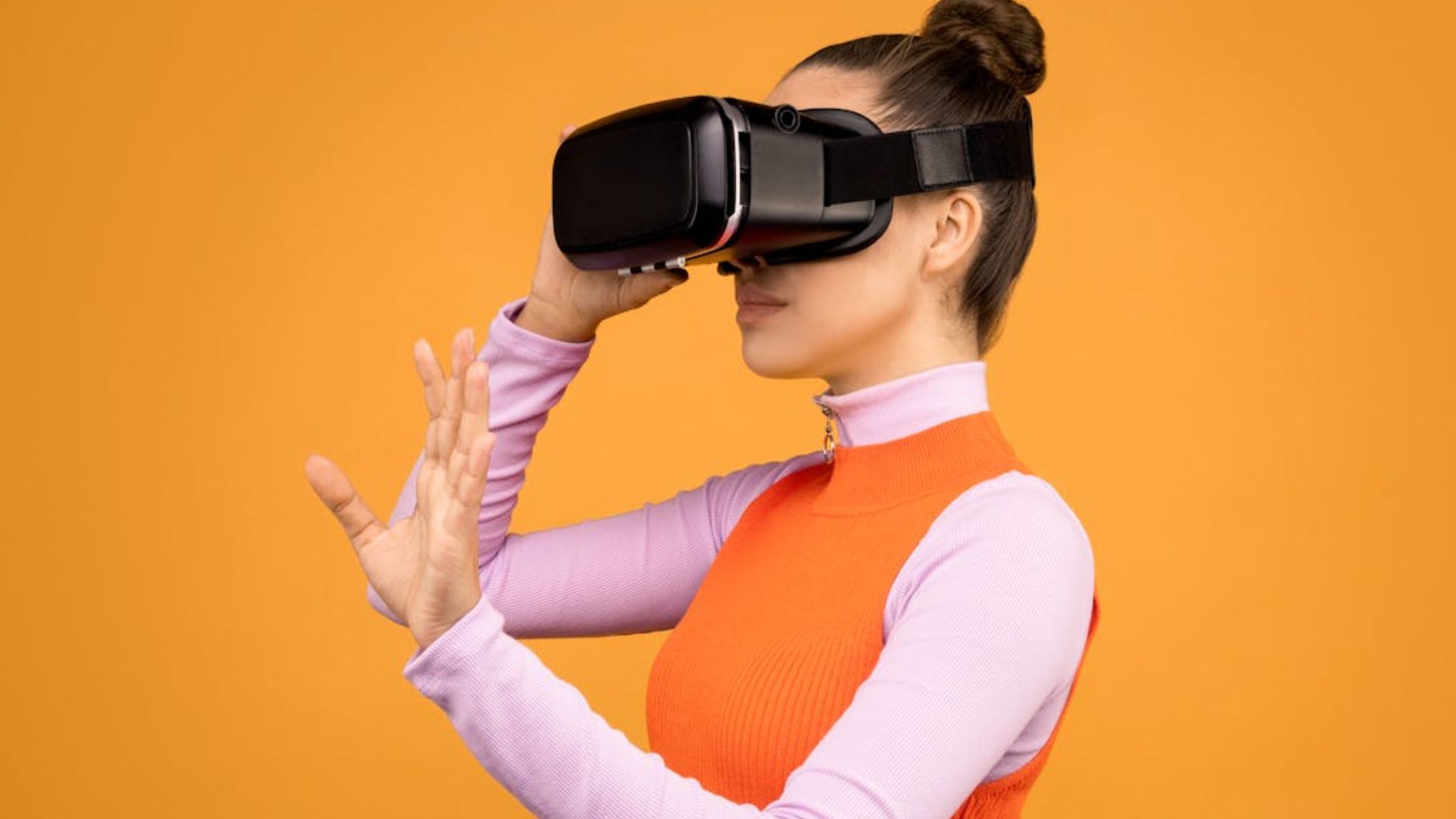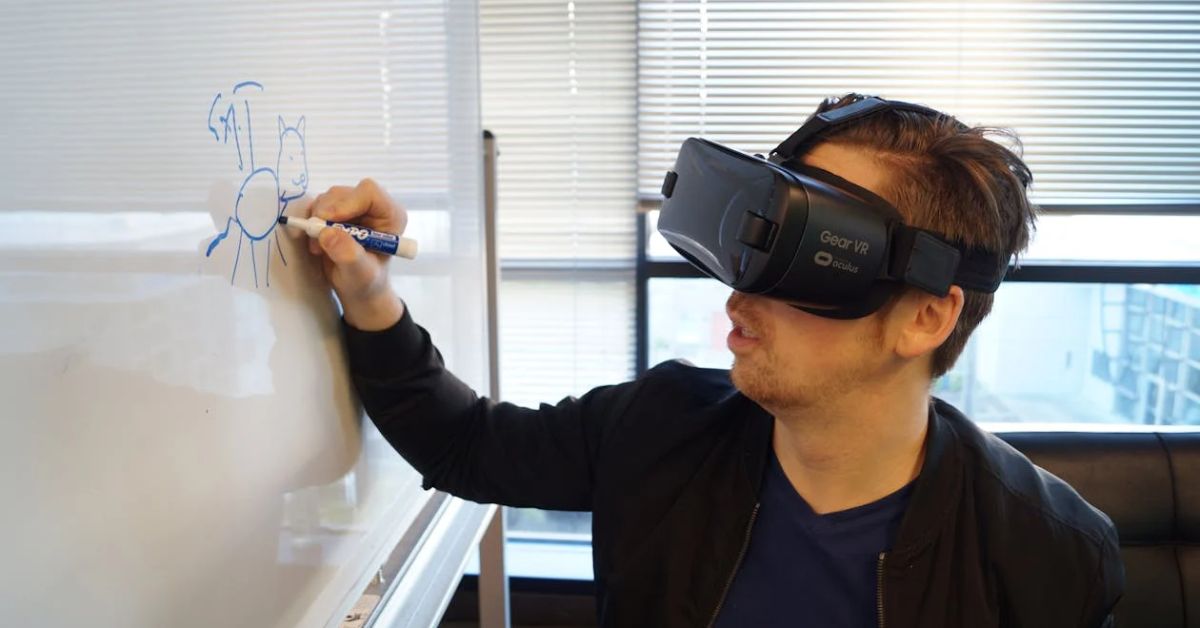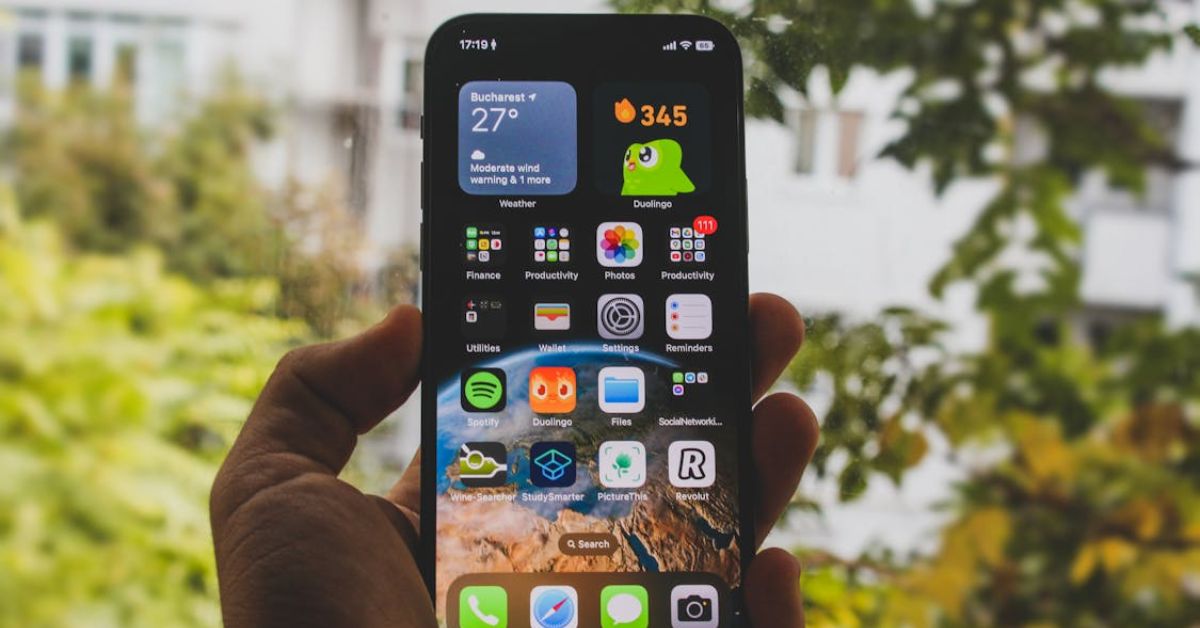
The classroom once meant rows of desks and one person speaking at the front of the room. Today, one student explores human anatomy in virtual reality while another one codes with a bot. A third student watches a lesson while riding the bus home. That’s a different kind of classroom. This shift has taken time, but it’s accelerating now. Technology is not only changing schools but also shaping learning itself. New tools are creating new spaces and habits in education.
Today, we’re here to highlight how these tools are changing the learning experience and the responses they elicit. Let’s walk through the key changes that are redefining what a modern learning experience can be.
The Pandemic Forced A Digital Leap

In March 2020, the world’s classrooms went dark. Over 1.6 billion learners were suddenly out of school, according to UNESCO. What followed was a scramble toward unfamiliar tools. Zoom replaced chalkboards, while Google Meet filled lecture halls. McKinsey estimates that this upheaval accelerated digital learning adoption by up to a decade.
Learning Leaves The Classroom

A student from a rural village can now attend a math lesson under a tree. Mobile education providers like BYJU’S and Khan Academy reach over 100 million learners, many of whom are in underserved regions. UNESCO notes this trend has reshaped access in Sub-Saharan Africa. In Kenya and Peru, tablets helped bring lessons beyond classroom walls.
Online Courses Become Institutional Norms

Once a fringe option, online learning has now become a central component in many academic strategies. By 2024, Coursera had surpassed 140 million users. Arizona State and MIT fold MOOCs into credit-bearing degrees. Google and IBM endorse these pathways by hiring certificate holders. Some universities now offer full degrees without ever stepping on campus.
Digital Credentials Gain Real Value

A badge on your LinkedIn may now weigh more than a transcript, as institutions like MIT and the University of Melbourne issue blockchain-secured diplomas. Meanwhile, platforms such as Credly distribute millions of micro-credentials annually, and companies like Amazon and Google actively recruit based on them. Accredible reported a 40% surge in certificate sharing.
Hybrid Models Redesign Schooling

The classroom has undergone a structural and practical shift, as students now watch recorded lessons at home and apply them during in-person sessions. Tools such as Nearpod and Pear Deck support real-time interaction, a strategy also adopted by Stanford’s d.school. Multiple studies show this format improves engagement and attendance by up to 25%.
Virtual Reality Turns Theory Into Experience

Put on a headset, and suddenly, you’re inside a Roman temple or a human heart. VR tools, such as ClassVR and Google Expeditions, bring immersion to education. PwC found that learners trained in VR are four times faster and over twice as confident. Harvard and Oxford are already integrating it.
Simulations Train Without Risk

Lab disasters and costly materials are no longer required. Platforms like Labster simulate chemistry and biology labs in safe virtual settings. Even aviation and nursing programs now use simulations for early training. In over 20 states, virtual clinical hours are accepted. This model saves money while maintaining learning standards.
Gamification Increases Retention

Learning isn’t just a serious business anymore. Duolingo keeps users engaged with gems and streaks while Kahoot! games have logged over 9 billion plays. U.S. teachers say they use these platforms weekly, not for fun, but for real performance gains that come from competitive play and sustained attention.
AI Supports But Does Not Replace Educators

AI supports learning behind the scenes by efficiently handling repetitive tasks. Tools such as ScribeSense and Carnegie Learning’s MATHia grade assignments and provide feedback instantly. As a result, teachers report saving up to ten hours each week. Still, essential elements like empathy and real-time adaptability remain firmly in human hands.
Teachers Use Real-Time Learning Analytics

In the past, teachers waited for report cards to identify problems. Today, they use dashboards like PowerSchool and Canvas that provide early alerts when engagement levels dip. ClassDojo also tracks behavior in real time. As a result, early action is easier, and success is monitored continuously, which allows timely responses and better student support.
Language Learning Scales With AI

A voice app now catches when you mispronounce “bonjour” and immediately adjusts the lesson. That’s AI in action, as seen in platforms like Duolingo and Rosetta Stone, which use speech recognition to correct and adapt. Over 500 million learners use these tools to study more than 40 languages worldwide.
Cross-Border Collaboration Becomes The Norm

Classrooms no longer stop at national borders. With platforms like Google Docs and Padlet, students in Ohio and New York co-author essays live. Projects through eTwinning and iEARN span 100 countries. They foster empathy and digital exhibitions that reflect the voices of people from every continent.
Special Needs Get Tech-Tailored Tools

Before the advent of EdTech, many students with disabilities were often sidelined, but thankfully, that has changed. Tools like Microsoft Immersive Reader and Speechify now help them engage more fully. These technologies support Individualized Education Programs (IEPs), which are tailored plans that shape special education. They also improve comprehension through personalized tools like Read&Write.
AI Reshapes How We Write And Think

The blank page no longer scares students the way it once did, as tools like Grammarly and QuillBot now refine phrasing and enhance clarity. Meanwhile, Turnitin and GPTZero help verify originality. Due to these shifts, feedback-first models are thriving, even as debates over authorship are reshaping writing instruction across schools and universities.









